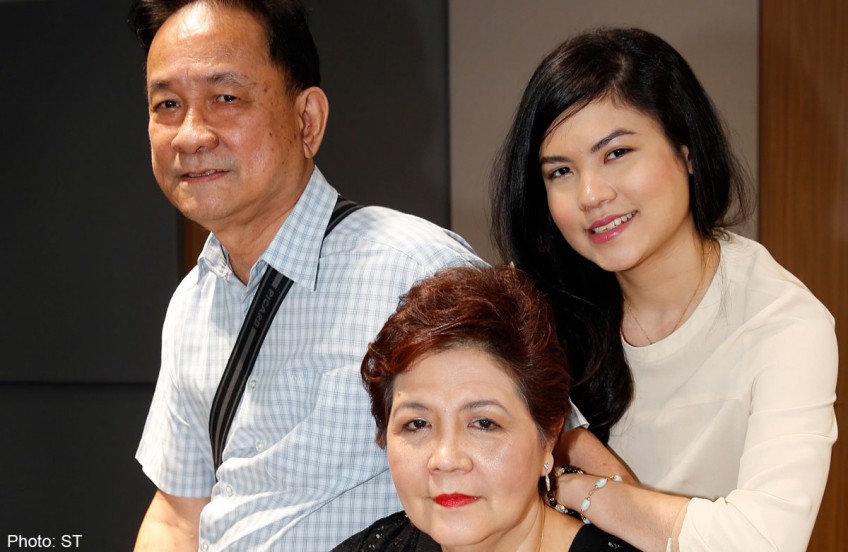CPR helpline a real life-saver


SINGAPORE - More people are surviving cardiac arrests in Singapore - and it's not just down to doctors.
Friends, loved ones and even strangers are increasingly performing cardiopulmonary resuscitation (CPR) on cardiac arrest victims.
The emergency procedure involves chest compressions and giving a "kiss of life", which can be crucial in saving a victim.
Four years ago, only two out of 10 cardiac arrest patients received CPR from a bystander. But this number has doubled, largely thanks to a phone service which lets 995 callers get step-by-step CPR instructions from health-care staff until an ambulance arrives.
It was launched in 2012 by the Ministry of Health's Unit for Pre-Hospital Emergency Care, the Singapore General Hospital (SGH) and the Singapore Civil Defence Force.
Survival rates have also increased from 3.6 per cent to 4.6 per cent over the last four years, which is "good progress", according to Marcus Ong, senior consultant at SGH's department of emergency medicine.
After a person collapses, his chances of surviving falls by 10 per cent every minute.
In Singapore, it takes an average of 10 minutes for an ambulance to arrive and 46 minutes before the patient gets to hospital. Paramedics may perform additional treatment along the way.
"If you are relying on paramedics or hospital doctors to save a cardiac arrest patient, it might be too late. Bystander CPR really gives the patient a fighting chance," said Associate Professor Ong.
He was speaking on Wednesday at SGH's Survivor Awards event, which honours cardiac arrest patients and their life-savers.
However, Dr Ong believes more can be done to increase survival rates for a condition which affects 1,800 people here every year.
"In places like Seattle, Washington, survival rates are about 20 per cent," he added. "Most strangers would perform CPR on others and kids learn how to do it in school."
He attributed the higher survival rates there to good school and community outreach, which have been ongoing for 60 years.
In Singapore, the People's Association and the National Resuscitation Council are training the public and grassroots leaders, while schools like Victoria Junior College also teach the life-saving procedure.
By 2020, Dr Ong aims to have someone trained in CPR in every household. However, there are barriers to this - such as people being deterred by having to resuscitate someone they have never met.
Pointing out that eight out of 10 cardiac arrest cases happen at home, he added: "If it's a stranger on the street, people think, 'Why should I bother?' But, if you learn CPR, more often than not, you might end up saving a loved one."
Nurse Amanda Tan did just that. When the 31-year-old saw her mother's eyes roll up and tongue hang out last year, she panicked and called 995. A calm voice over the phone talked her through the process.
"Even though I had learnt CPR, at that moment, I was in a daze," she said. "It really helps you compose your thoughts and remember what to do."
Her mother, Lee Mary Ann, survived the ordeal. It prompted her father, Eric Tan, to sign up for a CPR course. "My mother said she was lucky to survive," said Ms Tan. "But we are even luckier to have her back."
kashc@sph.com.sg

Get MyPaper for more stories.